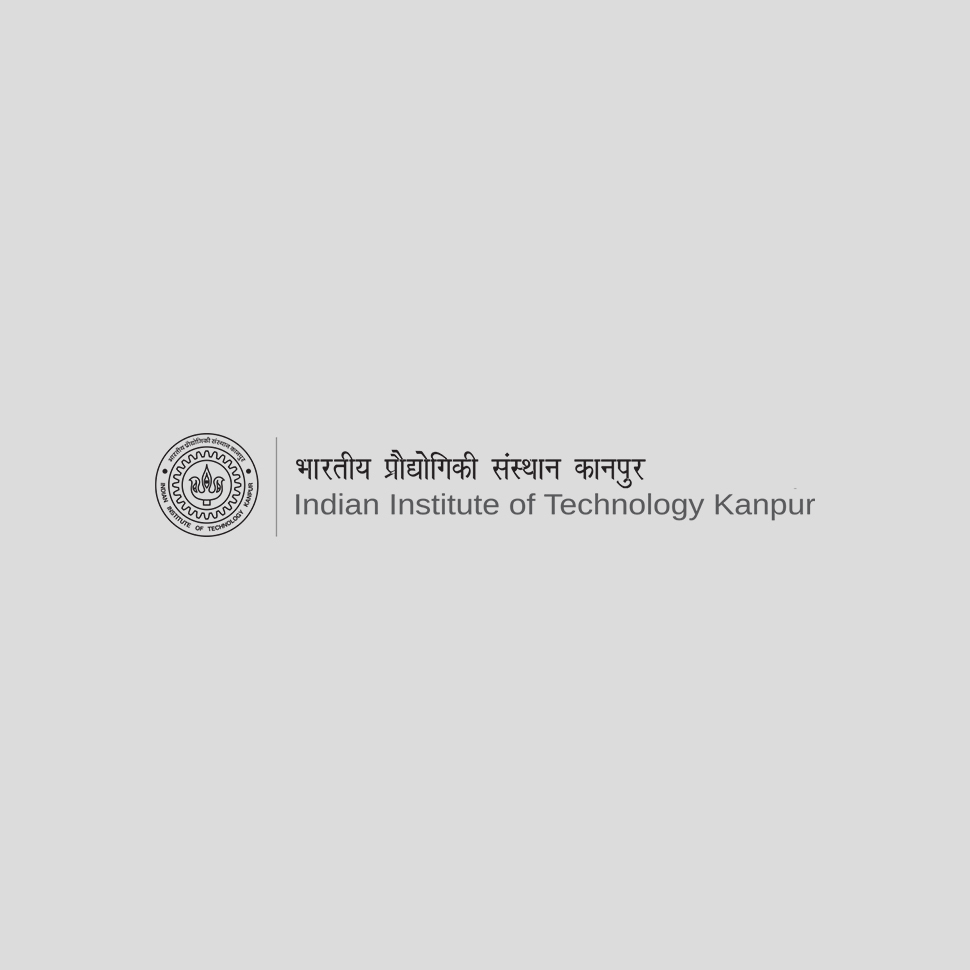
Day 1-5 of India Water Impact Summit (IWIS) December 10-15, 2020
5th India Water Impact Summit (IWIS) on River Conservation Synchronized Development – “Arth Ganga”.
Kanpur
Source: Information and Media Outreach Cell, IIT Kanpur
The landmark 5-day 5th India Water Impact Summit (IWIS), organized jointly by the National Mission for Clean Ganga (NMCG), GoI, and the Centre for Ganga River Basin Management and Studies (cGanga), IIT Kanpur, was held from December 10th to 15th, 2020 in virtual mode. The Summit was attended by several thousand national and international delegates on comprehensive and holistic management of small rivers and waterbodies vis-a-vis development. Key development sectors of energy, tourism, human settlement, agriculture, navigation, and flood management vis-a-vis Ganga Basin states on the main stem of Ganga and Yamuna namely, Uttarakhand, Delhi, Uttar Pradesh, and Bihar Were examined synchronously with river conservation on the principle of “Arth Ganga”.
Inaugurating the Summit on Day 1, Cabinet Minister Shri Gajendra Singh Shekhawat and State Minister Shri Ratan Lal Kataria of Jal Shakti Ministry, GoI, explained the government’s initiatives in the water sector and highlighted the need for people’s participation. Shri Shekhawat also emphasized on in-depth understanding of Arth Ganga for river conservation synchronized with development, and lauded the new ecosystem in India for economic development and ecological conservation to go hand-in-hand.

Later during the summit, Shri Amitabh Kant (IAS), CEO of NITI Aayog, lamented the present-day misuse and pollution of rivers, whilepraising the passion and devotion involved in river conservation. He stressed on ensuring sustainability in all developmental activity, and said that locally harvested rainwater can solve most local water needs. The Union Minister of State for Tourism and Culture, Shri Prahlad Singh Tomar, emphasized the need to conserve all rivers along with Ganga, and on changing our lifestyles for a lasting solution. ShriTrivendra Singh Rawat, Chief Minister, Uttarakhand, said that in Uttarakhand most of the polluted streams flowing into Ganga have been stopped, and conservation of Ganga’s tributaries is now going on rapidly. Shri Vijay Kumar Chaudhury, Water Resources Minister of Bihar, explained the problems of flood management in Bihar due to its geographical criticality and river siltation problems, and sought a National Silt Management Policy.




Among various officials and experts, Shri U.P. Singh, Secretary, Jal Shakti Ministry stressed on “Aviralta” as a fundamental need for Ganga and on building sustainable infrastructure to maintain rivers’ “Nirmalta”. Shri R.R. Mishra (DG, NMCG) expounded on the need for River City Alliances and on NMCG’s efforts in this direction. Prof. Vinod Tare, Head, cGanga, described “Development” and “River Conservation” as being two sides of the same coin, and said that Arth Ganga embraces both aspects simultaneously. He also opined that, if local water agencies are fully trained, then water needscan be met locally, thereby avoiding economic and environmental costs. Shri Ratho (ADG, Forest) detailed the government’s forest eco-tourism programme and how it will reduce “carbon footprint”. Mr. Kees Bones, Deltares, The Netherlands discussed the crucial role of sediment dynamics on river stability and river course changing during the 2008 Bihar Floods.
Distinguished national and international experts from academia, government organizations, think-tanks, NGOs, and industryalso discussedvarious themes of the Summitandmade key suggestions, such as:
- Developing local economies and river conservation through sustainable energy generation and tourism.
- Economic valuation and inclusion of river goods and services in development’s economics.
- Reforming agriculture by crop diversification and inter-cropping, integrated farming, organic farming, natural farming, micro-irrigation, horticulture promotion, soil health improvement,developing community farming assets, and price inclusion of water and electricity in agricultural produce.
- Siltation control of rivers by bunding and surface panelling instead of dredging, and vegetative measures to check bank erosion and provide suitable habitat for river biota.
- Embedding urban river and “nulla” conservation in urban planning.
- Ensuring sustainable river navigation development with safeguards for flagship species like the Gangetic Dolphin.
- Sensitising and involving people in river conservation.
- Promoting thecircular economy for river conservation–e.g.the principle of Vocal for Local.
- Use of treated water and realistic water pricing.
- Promoting technological innovations to meet environmental problems.
In the Valedictory Session on 15/12/2020, Union Ministers Shri Hardeep Singh Puri, Shri Gajendra Sing Sekhawat, and Shri Ratan Lal Kataria, and Shri Rajeev Kumar (Vice-Chairman, Niti Aayog) lauded NMCG and cGanga on the successful conduct of IWIS, even referring to it as a brain-storming “Kumbh”. They elaborated on governmental efforts to synergise river conservation with development by various means from appropriate urban management, pollution control and water-centric mass movements to rainwater harvesting and groundwater management. Shri Shekawat also urged the international community to come together to fight the developing global water crisis similarly as it is doing the Covid Pandemic.
The importance and dynamics of the Arth Ganga concept to conserve the Ganga and other riversin synergy with development emerged strongly from the 5- day deliberations of IWIS.
Book Releases: During the course of the Summit, various important publications were released by the Hon’ble Ministers and Chief Guests, notably:
- Release of Printed GRBMP Reports for wide circulation in India and abroad.
- Release of “Jojari River Restoration and Conservation”.
- Release of “River Kanh on the path of Restoration and Conservation”.
- Release of “Biology and Fisheries of Hilsa Shad in Ganga River Basin”.




